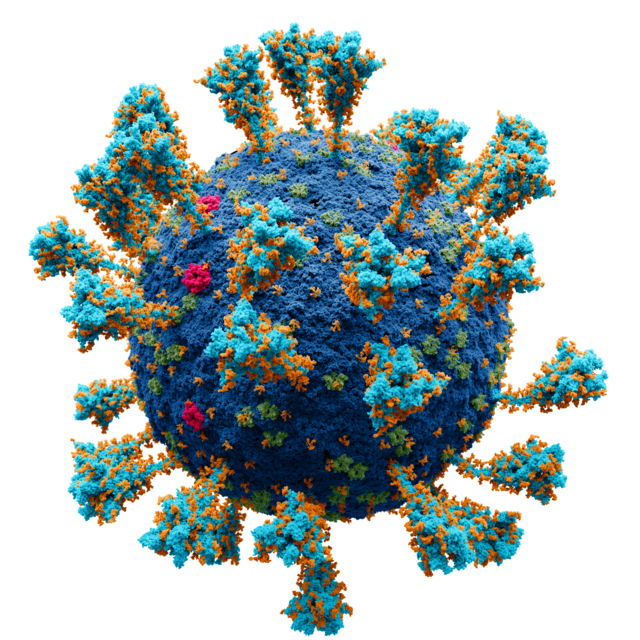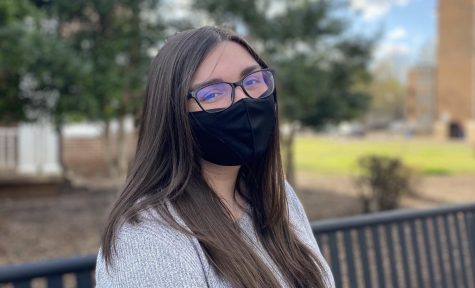Dobbins: COVID-19 booster shots should be for all
Alexey Solodovnikov (Idea, Producer, CG, Editor), Valeria Arkhipova (Scientific Сonsultant), CC BY-SA 4.0, via Wikimedia Commons
The FDA approves a third dose of the Pfizer vaccine.
October 7, 2021
With an average of more than 100,000 new COVID-19 cases a week throughout the past two months, many have relied on vaccines to protect themselves and others from the virus. However, several vaccines are not entirely permanent; they have additional doses, also known as boosters, that give recipients more immunity to whichever virus the vaccine was made to defend against.
On Sept. 22, the Food and Drug Administration officially approved a third dose of the Pfizer vaccine. One day later, a Centers for Disease Control and Prevention advisory panel voted 9-6 against a proposition to give the vaccine to all essential workers; instead, the panel advised only Americans over the age of 65 or who have underlying health conditions ― basically, anyone at risk of serious illness ― receive the third dose. However, the following day, the director of the CDC, Dr. Rochelle Walensky, overruled the panel’s decision. She recommends essential workers such as health care professionals and teachers also receive the dose. Based on current COVID-19 cases, this is the best decision Walensky could have made.
A vaccine booster shot is commonly used in cases where immunity wanes over time or when a virus mutates. Most people have taken several booster shots throughout their life: hepatitis A, hepatitis B and shingles boosters, for example. In the case of COVID-19, the delta variant appears to be reducing vaccines’ protection against the virus, hence the need for booster shots for those at risk of serious illness.
While all approved COVID-19 vaccines work well to protect healthy people from serious illness, there is still a risk of infection among the vaccinated even if they do not become critically ill. Of course, anyone who is confirmed to be infected by the coronavirus must be quarantined. While this may not be significant to most people, for certain essential workers, being quarantined could have devastating effects. It’s no secret that hospitals across the nation are understaffed. Many hospitals need every nurse and doctor possible on board at the moment as more patients become hospitalized. The virus’s death toll is also growing: Currently, more than 2,000 people are dying from the coronavirus each day. In hospitals that are understaffed or undersupplied, losing a single worker due to a mild infection could have bad consequences. Therefore, as the booster shot will decrease the risk of infection even more, the booster shot being offered to front-line health care workers makes perfect sense.
Another group of people now being offered the booster shot due to Walensky’s override is teachers. Currently, children under the age of 12 cannot be vaccinated. This puts responsibility on elementary and middle school teachers to do everything they can to keep their students from becoming ill, as children are not immune to the coronavirus. In fact, pediatric hospitals are now facing the highest hospitalization rate on record since the beginning of the pandemic. Once again, while COVID-19 vaccines work very well, there is still the possibility of infection. If a vaccinated teacher becomes infected and is asymptomatic or only suffering mild symptoms that cause them to think they are not sick, they can easily spread the virus to their students and add on to the huge surge in pediatric cases. Receiving the booster shot will lessen the possibility of teachers being infected and spreading the infection to their young students.
Given the current surge in deaths and hospitalizations, we should be doing everything we can to protect ourselves and others from the coronavirus. Walensky’s decision to make booster shots available to those who need them is the clear next step in stopping the pandemic. At this point, delaying any longer is simply halting progress in providing safety to citizens and suggesting a foreseeable end to the pandemic that has been raging for nearly two years.










